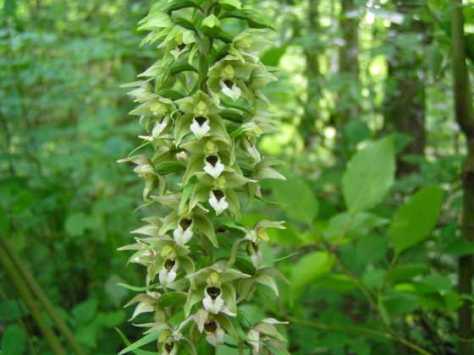that summer is almost over.
This cliche is the often repeated point of conversation these days. In New England, the kids are about to head back to school. Our son is about to start high school. What? I was just playing catch with him as a little boy as what seemed like yesterday. Our girls are entering sixth and fifth grades. Time is flying and for some reason, this summer seemed faster than others. I hear so many people saying that this summer was fast but I have not figured out what makes this summer different than any other.
Regardless, the garden has been rocking this summer. The fast pace of the summer has allowed most plants to flourish and etch warm memories for those long, January nights. We had plenty of warmth and moisture until mid-July when the rain in New England just disappeared. Our team has been watering like mad to keep up with the growth of our plants in the gardens. I feel as though our team has been focused on getting the gardens ready since April when the snow melted and the ground thawed. The fruits of our efforts are really starting to show. There are, of course, some weak plants here and there that I would never use again but for the most part, the garden has some dynamic plant combinations this summer.
One of the best garden performers this summer has been Ammi visnaga, which is know by the common names of bishop’s weed or khella. A relative of Queen Anne’s lace, Ammi visnaga resembles its weedy cousin in flower but differs in forming a dense clump instead of a wispy weed. The flowers are borne just above the foliage and look like Queen Anne’s lace except they are larger and a fresher white color. When I spaced these out this spring, I obviously was not sure how large they would grow. Whoa! They are now pushing four feet in height and width.
This annual is great for filling gaps in a mixed border and holds up extremely well as a cut flower. You will recognize the flower but the overall appearance is well-behaved and better for a garden setting. Truthfully, this was a happy accident. I was looking for Ammi majus this spring but the only finished plants that we could find were A. visnaga. Last week, Fergus Garrett from Great Dixter was in Maine to give a lecture and visit our gardens. He commented on what a better garden performer A. visnaga can be than A. majus.
Have you grown either Ammi in your garden beds? How does it perform for you?
–Rodney
Images: Rodney Eason, Garden At Heart



